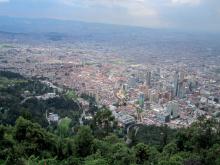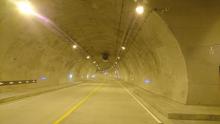Indra is supplying its sophisticated urban traffic control system to Metro Manila, the Philippines’ main metropolitan region. The Metro Manila area has more than 11 million residents and accounts for a significant proportion of the country’s entire traffic volume. This technology was selected as it involves proven systems and is already implemented in a number of cities in China, Brazil, Colombia and Spain. Indra is also involved with the toll system for the North Luzon Expressway (NLEX), one of the nation'
April 10, 2013
Read time: 2 mins
5264 Indra is supplying its sophisticated urban traffic control system to 5067 Metro Manila, the Philippines’ main metropolitan region. The Metro Manila area has more than 11 million residents and accounts for a significant proportion of the country’s entire traffic volume. This technology was selected as it involves proven systems and is already implemented in a number of cities in China, Brazil, Colombia and Spain. Indra is also involved with the toll system for the North Luzon Expressway (NLEX), one of the nation's main highways. The two deals are worth some €10.4 million in total. These projects in the Philippines represent a new step for Indra's growing position in the country and allow the multinational to make progress in its objective of increasing its presence in the Asian market. The deal with the Metropolitan Manila Development Authority is significant. Indra is working as part of a consortium with the Philippine company Meralco Industrial Engineering Services Corporation (Miescor). The project involves the renewal of the urban traffic management system in Metro Manila. The new system will help automate and optimise the management and the traffic engineering installations in order to improve mobility in the metropolitan area. This technology is required as population growth and increasing vehicle numbers as well as more industrial and commercial activities are at present having a negative impact on traffic flow. The project includes creating and equipping the control centre for all of the city's urban traffic, making it possible to manage more than 500 intersections. It also includes renewing traffic signal facilities of 85 priority intersections and installing a surveillance system equipped with 25 traffic control cameras.






